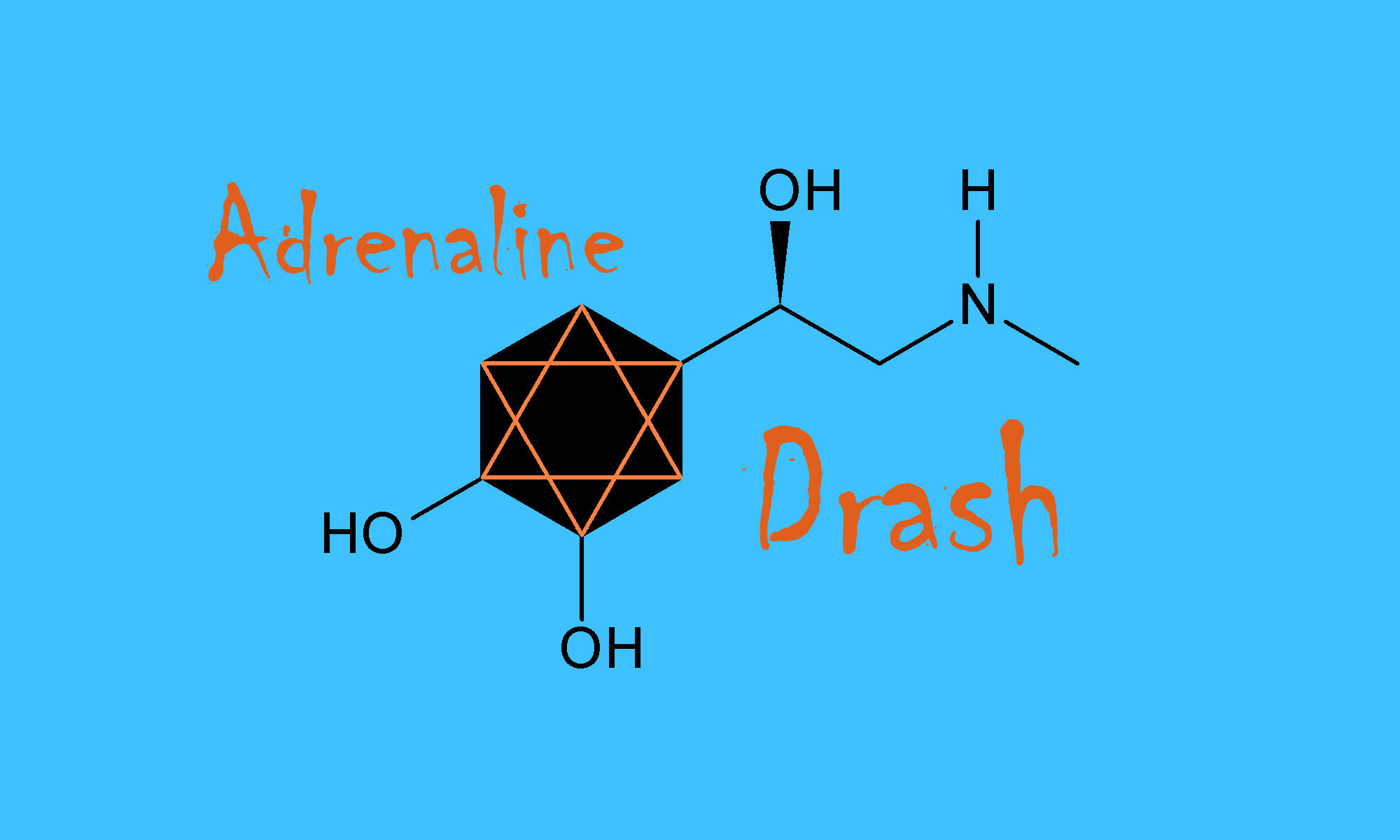 Leviticus offers pages and pages of ritual. Sacrifice of all kinds. Blood daubed here and there. It’s generally not the sort of reading you’d find on the best seller list. And yet: Levitical example can teach us how to heal our psychic wounds, our spiritual sorrows.
Leviticus offers pages and pages of ritual. Sacrifice of all kinds. Blood daubed here and there. It’s generally not the sort of reading you’d find on the best seller list. And yet: Levitical example can teach us how to heal our psychic wounds, our spiritual sorrows.
Don’t believe me? Try Parshat Metzorah.
An Israelite suffers from a skin disease – one whose name we don’t know and whose condition is like nothing we can name. The symptoms described in Torah do not correspond to any known skin disease. Chronic skin diseases doesn’t disappear by counting off seven days; Leviticus’ quarantine period would be utterly ineffective against psoriasis or vitiligo.
The text, congregants frequently assume, is about hygiene, about the treatment of contagious diseases. There is, in fact, plentiful literature from the Ancient Near East on diseases of the time – which included, by the by, bubonic plague and Lyme disease. The diagnosis and treatment of disease was a serious concern of ancient societies. But it’s not the issue in Leviticus, which offers no list of medical ailments needing to be “treated.”
In fact, Leviticus describes rituals the priest and the Israelite must fulfill – after physical healing. In Parshat Metzora, the priest orders up two live pure birds, cedar wood, some red stuff, and hyssop. One of the birds is sacrificed over fresh water; its blood drips into the water below. He dips the living bird, the cedar wood, the crimson stuff and the hyssop into the water. Seven times the priest sprinkles some of mixture on the healed Israelite. The live bird flies free overhead, the Israelite bathes, washes, and reenters the camp. In seven days he may return to his tent and on the eighth day he makes his own offering before God. He is no longer tumah.
We can be lousy translators. Terms like “impurity” and “purity,” “cleanliness” or “uncleanliness” are, obviously, laden with negative connotations. But we are retrojecting when we use those terms. What we are seeing in tumah is not Israelites contaminated, but affected. They are simply in a particular state of being – one that has nothing to do, in the ancient world, with actions or mistakes. One is pregnant or has given birth. One is menstruating. One has just enjoyed the joys of intimacy with one’s beloved. No one is bad or sinful as a result.
But they do become different, altered in a way that requires a holy ritual to bring them into a state that will be appropriate for Temple worship. Holiness in that precinct is of a different nature. It requires a kind of psychic and spiritual healing after pain and loss.
The parshiot we read this past week tell us about how a priest diagnoses the effect of altered states, on people, on cloth, even on houses. What do all the conditions described have in common?
Each is about the most elemental of conditions: Life and death. Someone bleeding from a wound does not qualify as “impure” but a menstruating woman does. Blood is life, our Torah says; when bleeding represents a clear loss of life it signifies death. One must be returned to life to enter the sanctuary.
Someone who has touched a corpse is and must be deeply affected by contact with death. Skin diseases that look like wasting diseases to our ancient forbears seemed to signal an oncoming death. All these required rituals for acknowledging reintegration into the community.
Death affects us. It changes us. How can we be returned to life? Sacrificing birds and sprinkling ourselves with bloodied water is not an option. But learning from this text is: It tells us that ritualizing our transitions from any death-like world is critical to the maintenance of life.
Last Friday evening, I asked my congregants to call to mind someone they had lost and missed. I asked them to think of a relationship that had died – one they would mourn for a long time. Whatever grief they carried, I said, also contained the source of their return to life. For whatever they head learned from beloved friends and family, whatever they had reveled in, whatever happiness they had been afforded – this could not die as long as they remembered and honored it.
I asked them to go to the table where our Shabbat candles still burned. I had laid marbles and assorted glass beads across the table.
“Take the one that calls to you, shines for you,” I said. “Take the one that reveals the light of the soul that shaped and transformed yours. Remember someone you have lost, someone who changed your life, who you loved deeply, and who will never be forgotten as long as you live. Come forward to gather the light of that beloved to you.”
Each came forward. Each took a bead, a marble. We chanted Mourner’s Kaddish. We acknowledged loss and we returned to life.
Ritual brings healing. Leviticus teaches us that.




